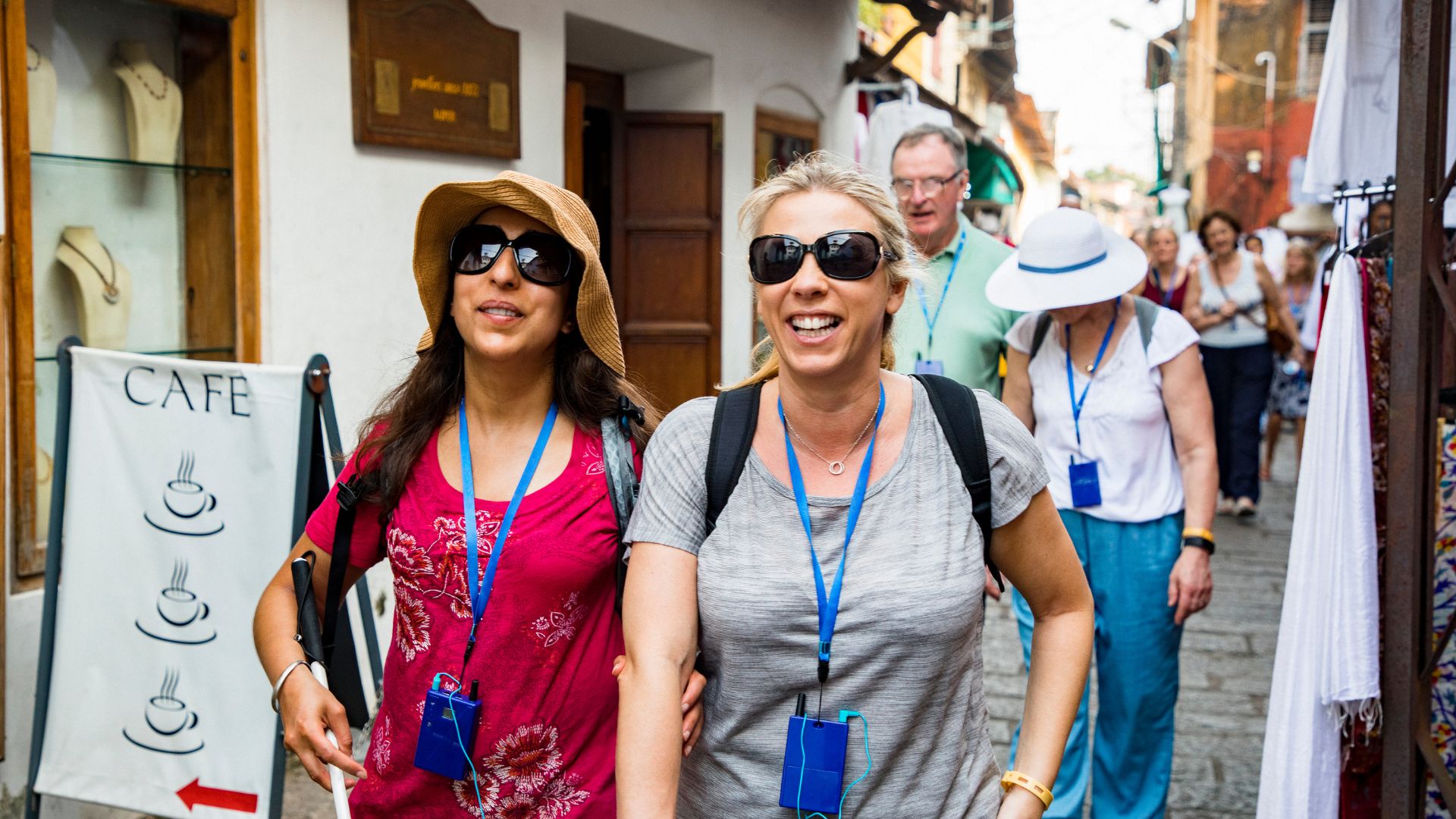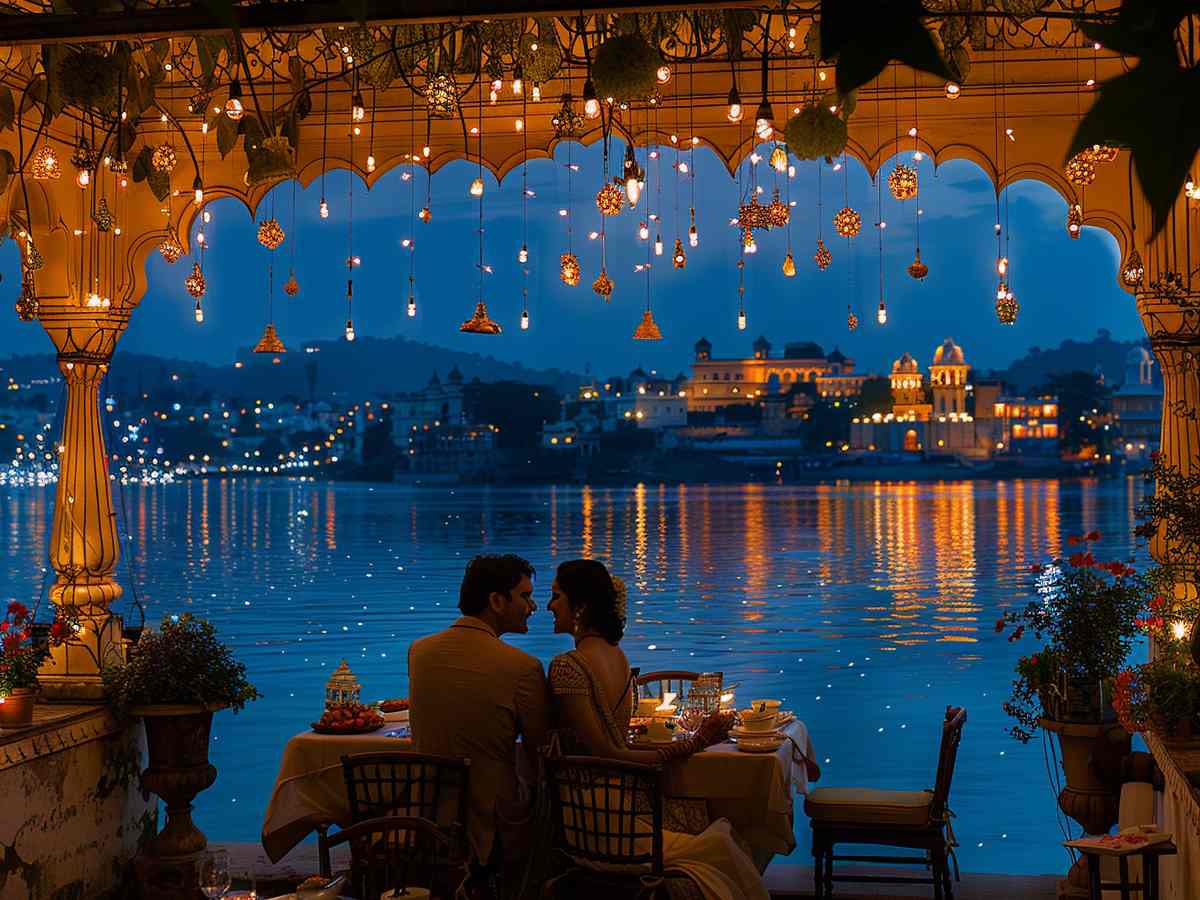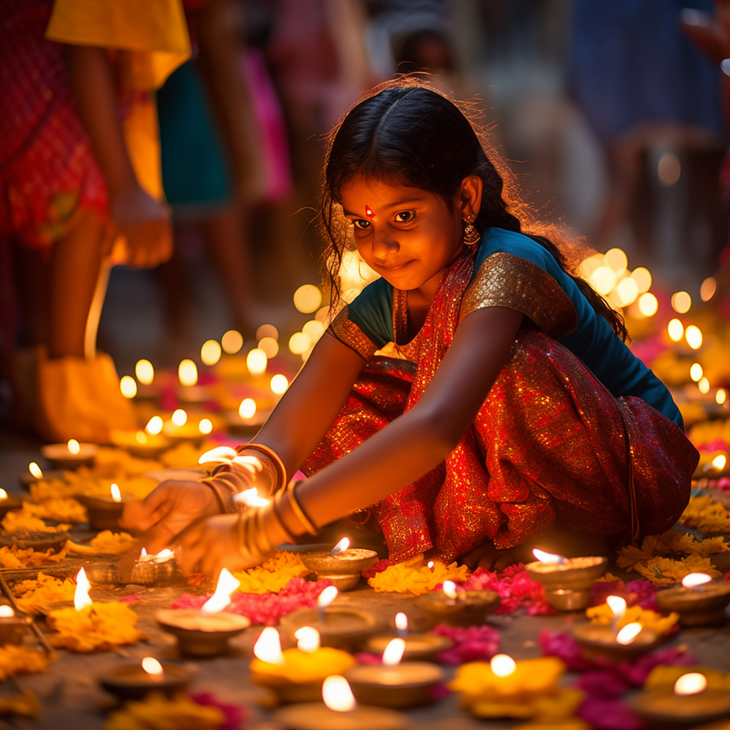
Diwali – The Festival of Lights Traditions, History and Celebration
Diwali also known as Deepavali, is one of the most significant and widely celebrated festivals in India. Observed by millions worldwide, Diwali is the Festival of Lights, symbolizing the triumph of good over evil, light over darkness, and knowledge over ignorance.
This five-day celebration is rich with traditions, rituals, and a joyous atmosphere. Homes and streets are lit with oil lamps called diyas, fireworks illuminate the night sky and people gather to exchange sweets and gifts.
History and Significance of Diwali
Diwali has deep historical and religious roots, with its significance varying across communities and regions. The most popular legend associated with Diwali is the return of Prince Rama to Ayodhya after 14 years of exile and his victory over the demon king Ravana. The people of Ayodhya celebrated his homecoming by lighting oil lamps across the kingdom, starting the tradition of illuminating homes and streets during Diwali.
In Jainism, Diwali marks the attainment of nirvana (spiritual liberation) by Lord Mahavira, the 24th Tirthankara. For Sikhs, it commemorates the release of Guru Hargobind Ji and 52 princes from imprisonment in Gwalior.
Traditions and Rituals of Diwali
- Cleaning and Decorating - Before the festivities begin, homes and businesses are thoroughly cleaned and decorated with rangoli (artistic designs made on the floor using vibrant colors), flowers and lights. It is believed that Goddess Lakshmi, the deity of wealth and prosperity, visits clean and well-decorated homes during Diwali.
- Lighting Lamps and Fireworks - Lighting diyas and bursting fireworks are iconic traditions of Diwali. The lamps represent the light of wisdom dispelling the darkness of ignorance, while the fireworks express joy and happiness.
- Exchanging Sweets and Gifts - Sharing sweets and gifts is an integral part of Diwali. Families and friends come together to enjoy treats like ladoos, barfis and gulab jamun, and exchange gifts as tokens of love and affection.
- Lakshmi Puja - One of the most significant rituals is the Lakshmi Puja, where families worship the goddess of wealth and prosperity. Prayers are offered for blessings of abundance and well-being.
Diwali in India and Around the World
While Diwali is primarily an Indian festival, its influence extends globally. Indian communities in Nepal, Sri Lanka, Malaysia, Singapore, Fiji, and countries like the UK, USA, and Canada celebrate Diwali with great enthusiasm, keeping the traditions and spirit of the festival alive.
Modern Celebrations and Environmental Awareness
Over the years, Diwali has evolved, with growing awareness about eco-friendly practices. Many people now opt for sustainable celebrations, such as using LED lamps instead of traditional diyas, quieter fireworks, and reducing paper and plastic waste.
Diwali: A Time for Reflection
Diwali, the Festival of Lights, is not just a celebration of light and color but also an opportunity to reflect on our lives, connect with cultural roots, and uphold values like kindness, generosity, and unity. It is a time to renew faith and hope and share joy with those around us.
FAQs
1. What are the main traditions of Diwali?
Traditions include lighting diyas, performing pujas (rituals) for deities, decorating homes with rangoli, exchanging gifts, and enjoying sweets and fireworks.
2. Which deities are worshiped during Diwali?
Goddess Lakshmi, the symbol of prosperity and wealth, is primarily worshipped, along with Lord Ganesha, the remover of obstacles.
3. How is Diwali celebrated in different parts of India?
In North India, it marks Rama’s return to Ayodhya; in South India, it celebrates Krishna’s victory over Narakasura; in Western India, it signifies the start of the new financial year.
4. Why is cleaning the house important during Diwali?
Cleaning and decorating the house are believed to invite the blessings of Goddess Lakshmi, ensuring peace and prosperity.
5. What is rangoli and what role does it play in Diwali?
Rangoli is an artistic design made on the floor using bright colors, rice, or flower petals to welcome guests and Goddess Lakshmi into the home.

 En
En





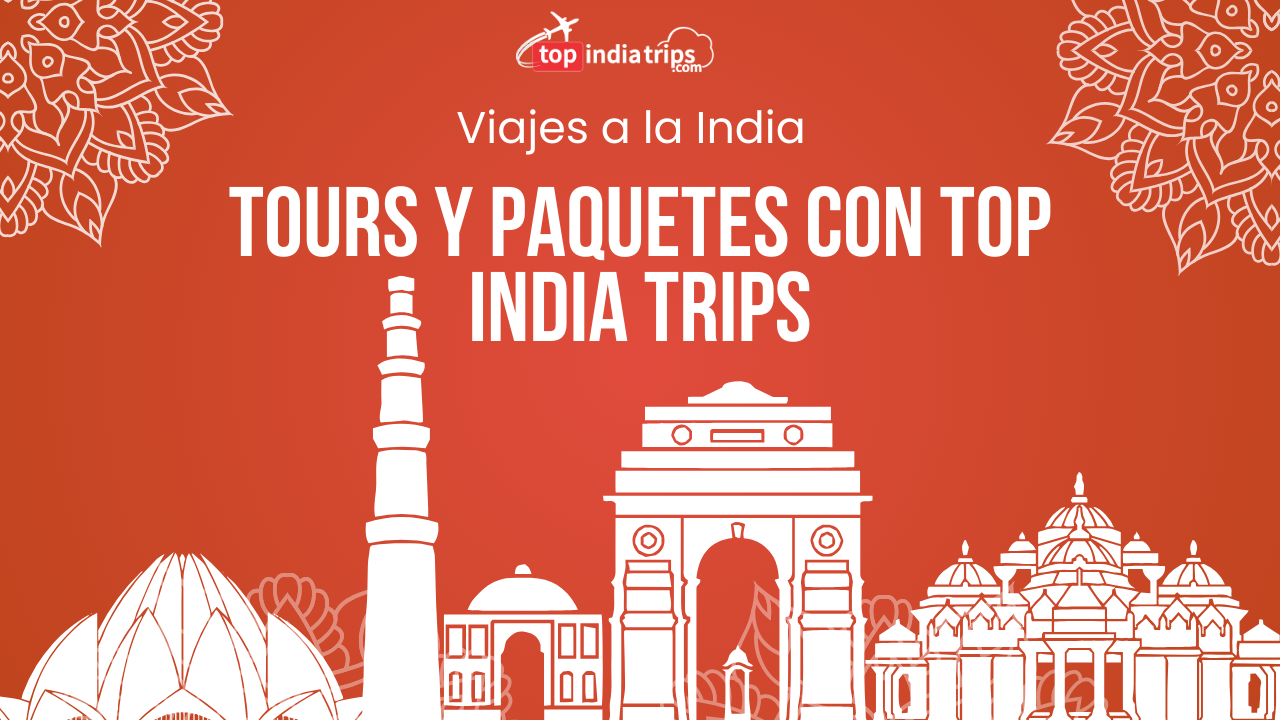
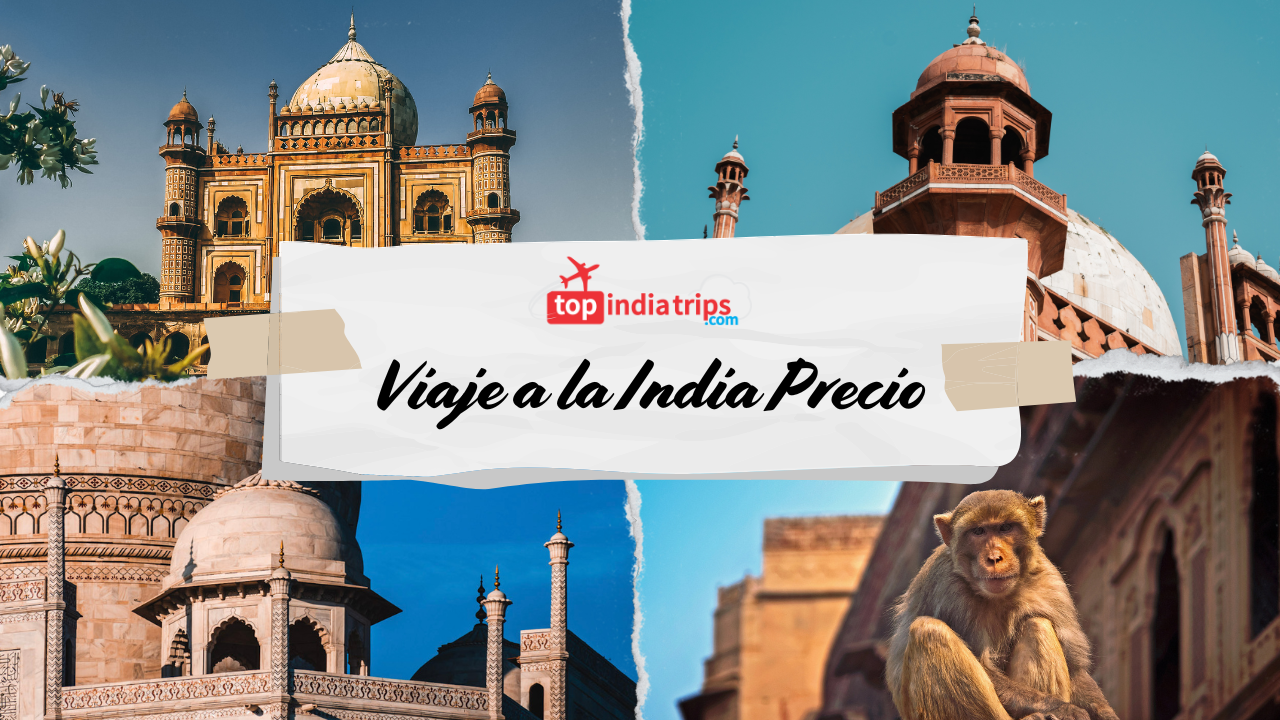

.png)


